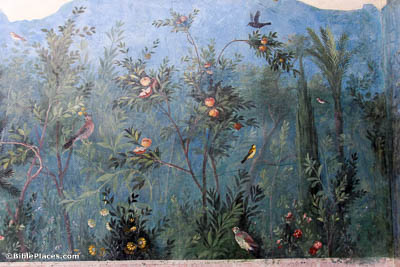When no plant of the field was yet in the land, and no herb had yet sprung up (Genesis 2:5)
The text describes a relatively arid landscape for the early earth. The following statements attribute this to a lack of rain and a lack of human cultivation. Since plant life had already been created, it is possible that this statement about an arid environment applied to those areas that were at higher elevations, above the water table and unable to support vegetation without rainfall. Shown here is the Eastern Desert near el-Barsha, Egypt.





